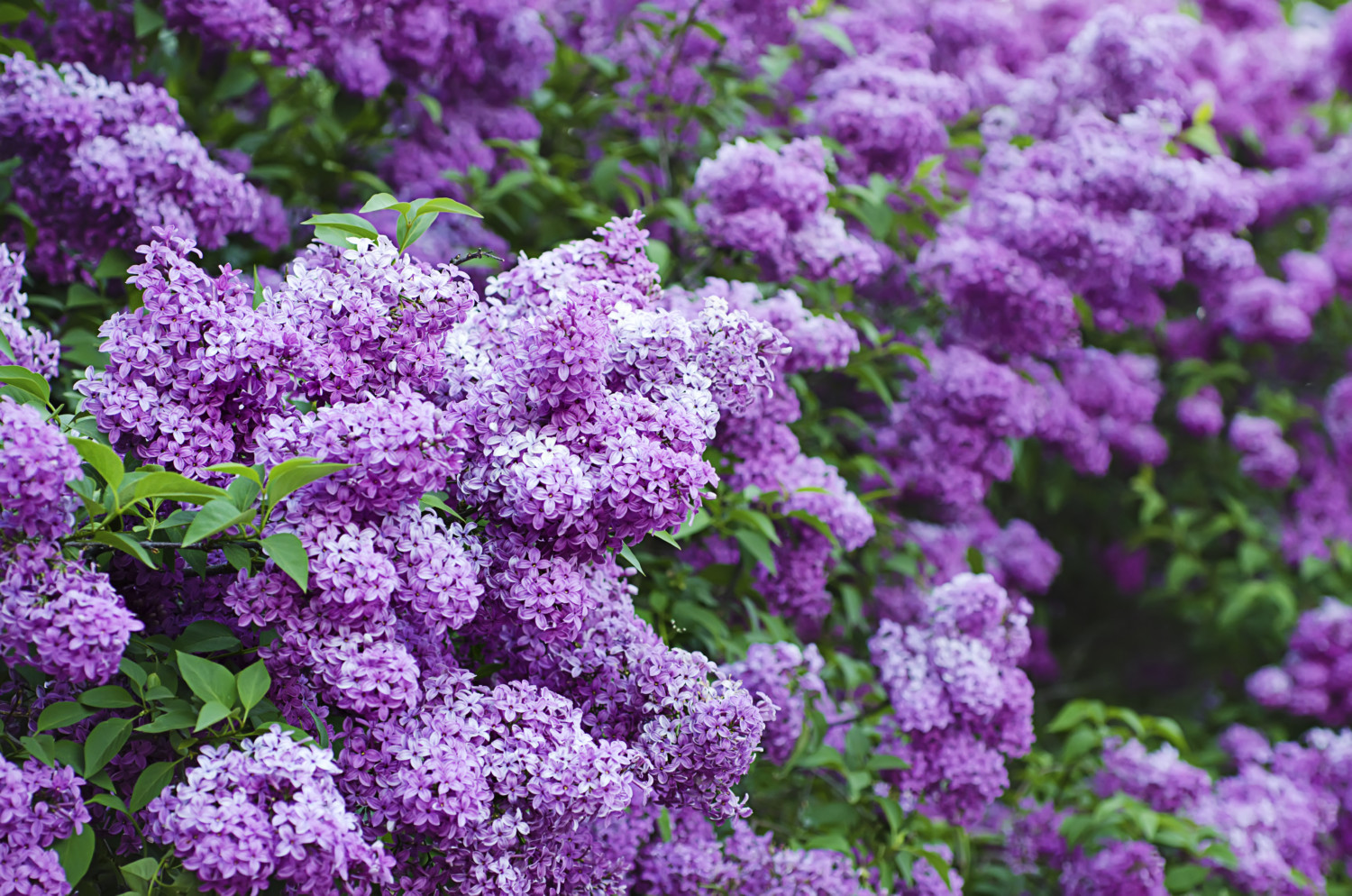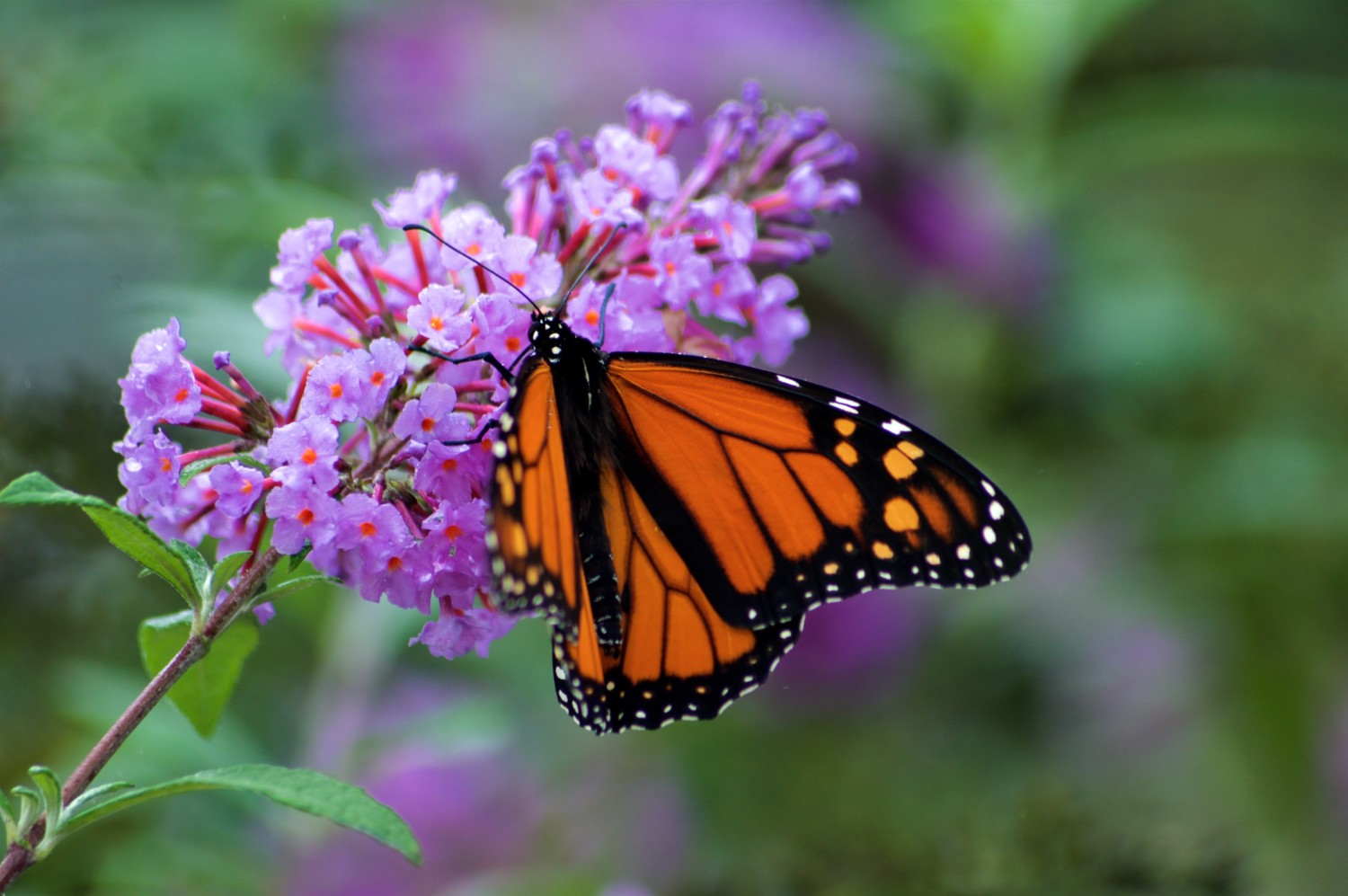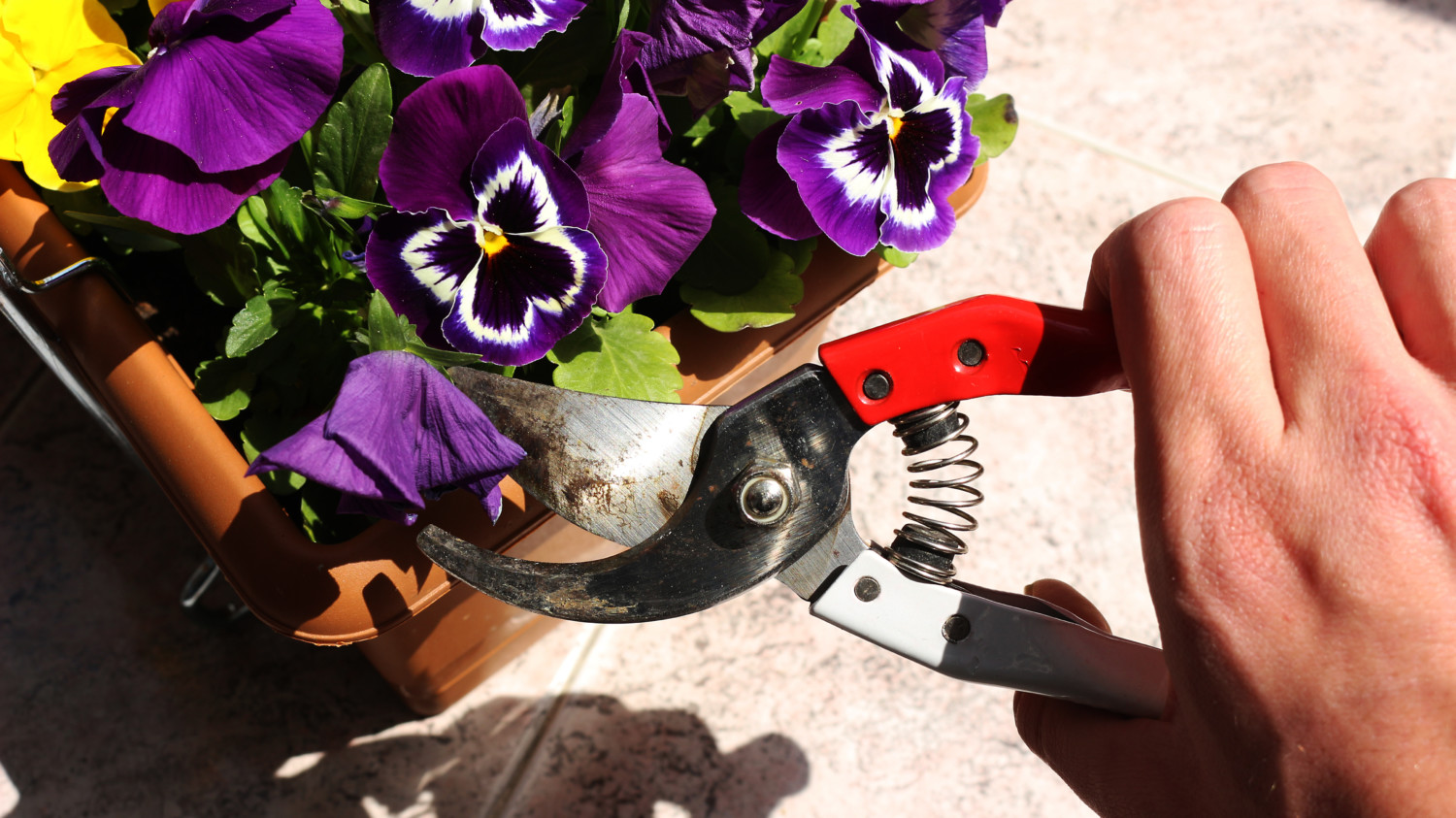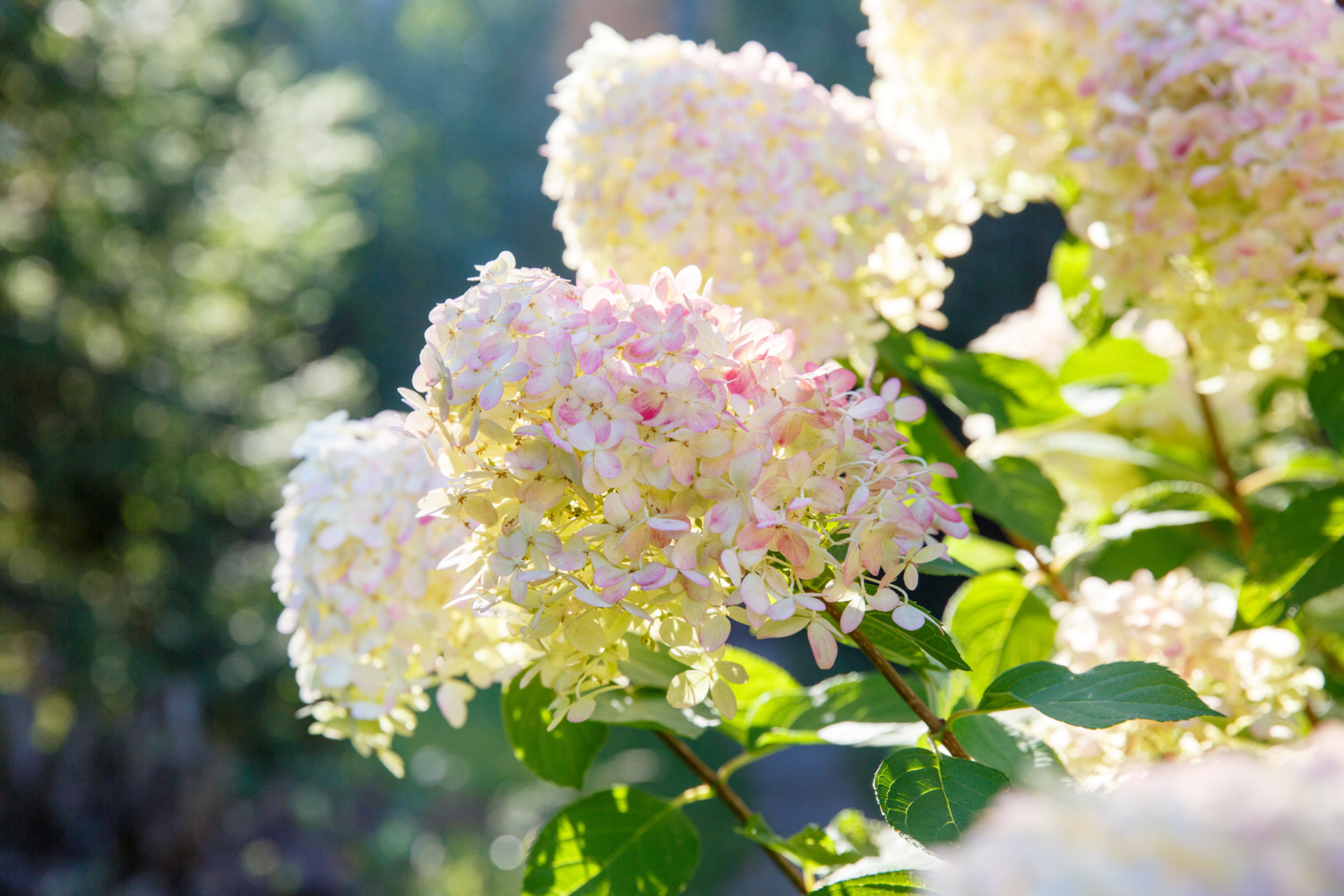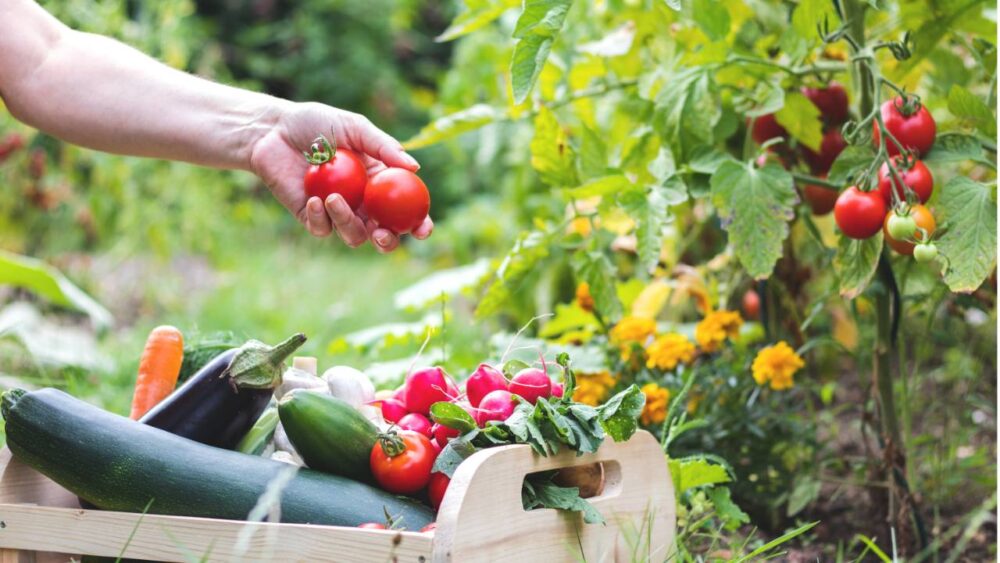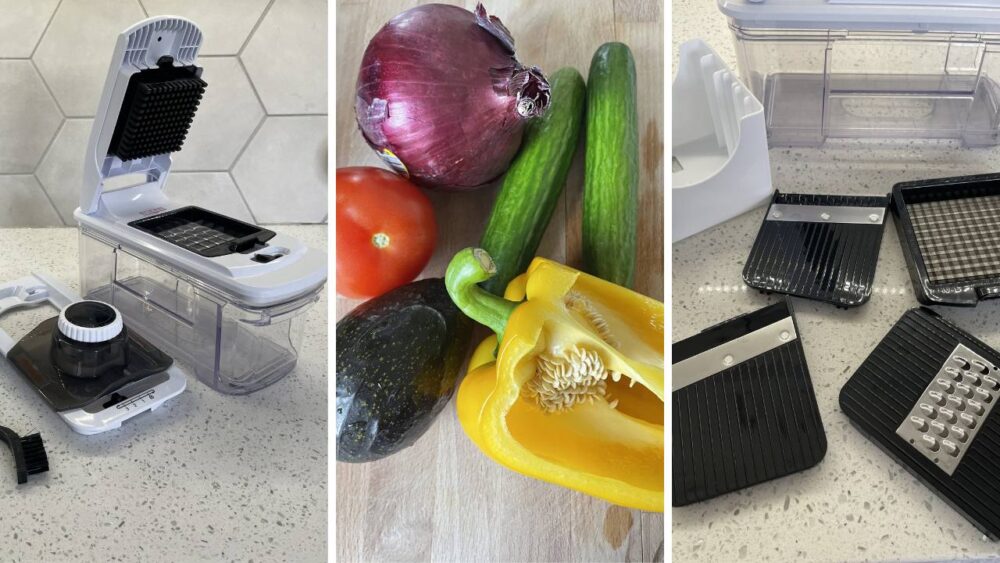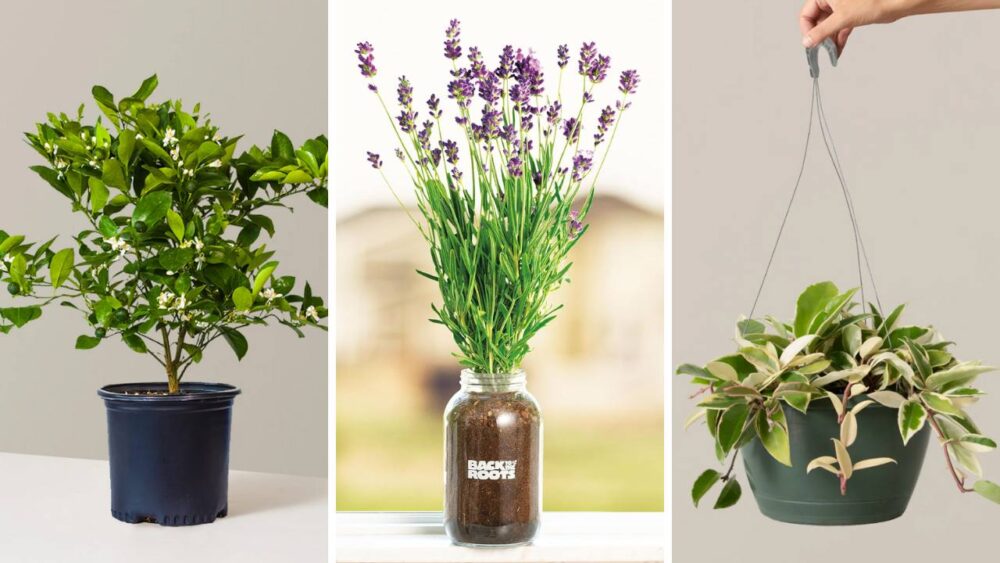Easy guide to pruning your plants for more beautiful blooms
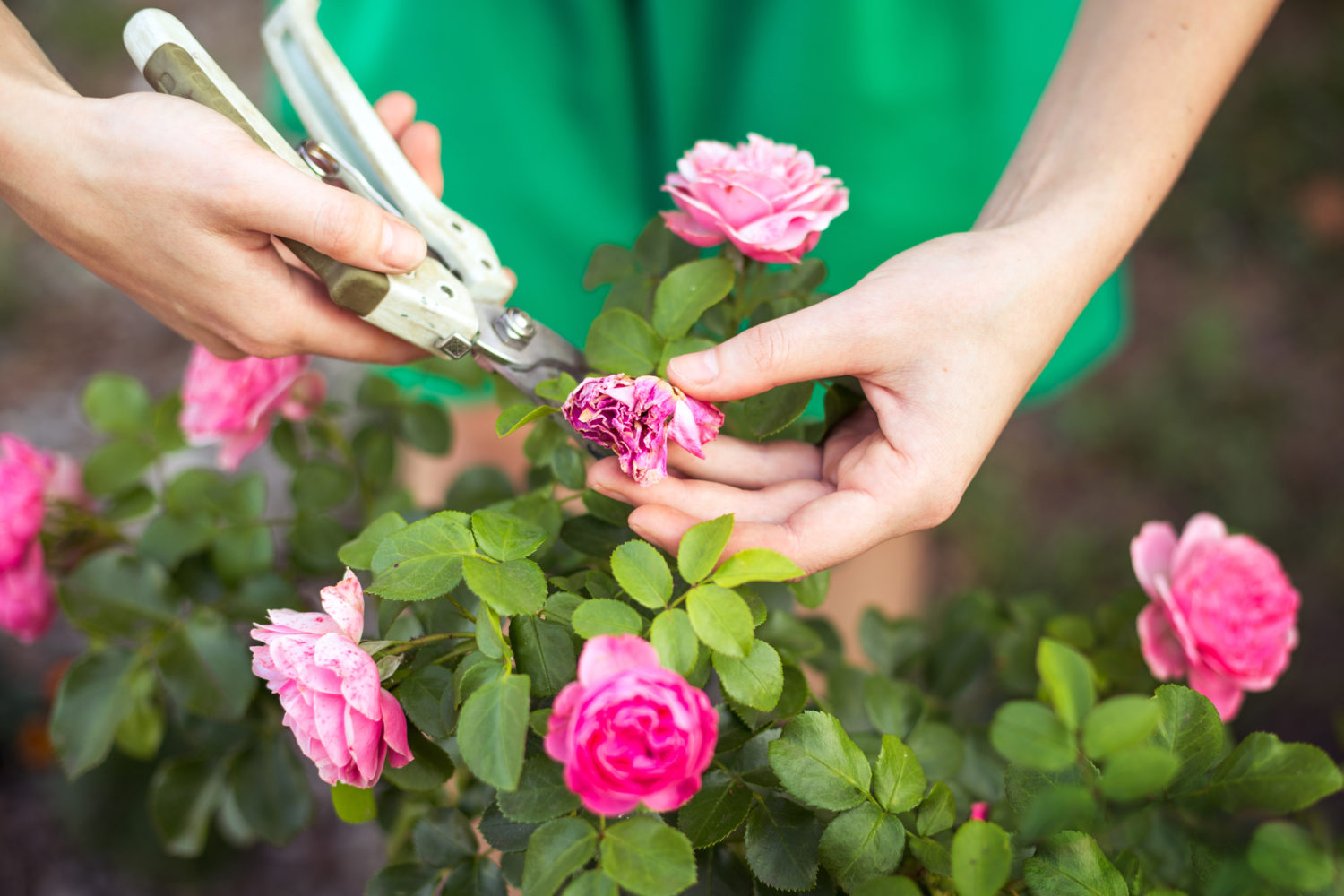
- September 9, 2016 |Last updated on 01/21/2021
Too often I have opened an article to learn how to help my sad, pathetic plants grow, only to be completely overwhelmed before the end of the first paragraph. Why does pruning have to be so complicated? Can’t I just pick off all of the dead stuff and call it a day?
Well, for starters, it is definitely good to get rid of any dead or dying stems. They will expose the plants to disease and attract insects to come feast on the plant. Plus, your plants will look so much better without all of those dead leaves and blooms in the mix.
But what else needs to be done in order to encourage new growth? Here are some easy pruning techniques for five common types of flowers.
1. Early spring bloomers
Examples: forsythia, lilac, rhododendron
The best time for pruning spring bloomers is in late spring. At this point, the plant has finished blooming and you will gain the maximum number of blooms for the next spring.
2. Summer Bloomers
Examples: butterfly bush, crape, myrtle
These plants will need to be pruned in winter while they are dormant. Another option is early spring before any new growth is pushed out.
3. Annuals and Perennials
Deadheading is an important part of the pruning process for both annuals and perennials. It should be done when your flowers begin to lose their petals. At this point, the plant will focus its energy on the seeds of the flower, but you want to cut off this process so that flowers continue to bloom. Either pinch or cut off the fading flowers. With any luck, your efforts will be rewarded with more blooms.
4. Roses
Roses that bloom only once a year should be handled in the same manner as the spring-blooming plants. As soon as they are done flowering, it is time to prune. As for roses that continue to bloom, the only pruning you will need to do is for shaping and removal of damaged growth. Early spring is the best time to cut them back if they are becoming overgrown.
5. Hydrangeas
Depending on the type of hydrangeas you have, you will need to implement one of three different strategies. For bigleaf or florist hydrangeas, prune in the summer after the flowers fade. Hydrangea such as sevenbark, oakleaf, pegee and tea of heaven should be pruned in late winter or early spring. And, finally, for climbing hydrangea, you simply need to prune in order to control growth.
As with anything in the garden, your best strategy for pruning is to do a little bit of work each day so that you do not become overwhelmed by the task at hand. Just a few minutes at a time will help your garden to look full and vibrant.
Happy gardening!


